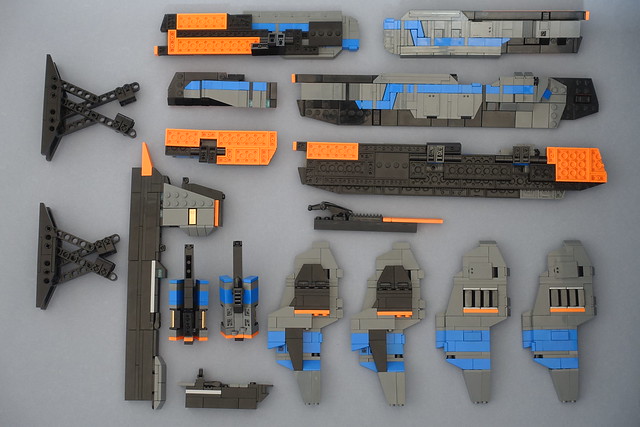ldr sensor: Manufacturing, Characteristics, Advantages, Usage and Selection Guide
Introduction:
In ldr sensor today’s technologically advanced world, numerous sensors are used for various applications. One such sensor is the LDR (Light-dependent Resistor) sensor. This article will provide an overview of ldr sensors- their manufacturing process, characteristics, advantages, usage methods and how to select the right product for your needs.
Manufacturing:
LDR sensors are manufactured using a special type of semiconductor material called optoresistors. These materials change t ldr sensor heir resistance based on the amount of light falling on them. The basic structure consists of a thin film or layer of this material sandwiched between two electrodes. This simple yet effective design allows for easy integration into a wide range of electronic devices and systems.
Characteristics:
LDR sensors have severa ldr sensor l key characteristics that make them popular in many applications. Firstly, they exhibit high sensiti Light-sensitive resistor sensor vity to even small changes in light intensity. This makes them ideal for precision measurement and control systems where accurate feedback is crucial.
Secondly, ldr sensors have a wide dynamic range i.e., they can detect variations over a broad spectrum of lighting conditions.
Lastly, these sensors possess excellent linearity which ensures reliable output readings proportional to the incident light level.
Advantages:
The advantages offered by LDR sensors further contribute to their widespread usage across industries.
Firstly,
they have low power consumption requirements mak Optoresistor sensor ing them energy-efficient options compared to other type ldr sensor s of light-sensitive detectors.
Secondly,
the compact size and lightweight nature allow for easy integration into devices without adding bulk or reducing portability.
Thirdly,
LDRs are cost-effective solutions due to their simplicity in design and mass production capabilities.
Usage Methods:
LDR sensors find applications in various fields su

ch as automatic lighting control systems where lights turn on/off based on ambient brightness levels.
They are also used in burglar alarm systems aiding intrusion detection by sensing sudden changes in room illumination when someone enters.
Furthermore, LDR sensors are employed in photography equipment to measure light intensity and adjust camera settings accordingly.
How to Select the Right Product:
When choosing an ldr sensor for your s ldr sensor pecific requirements, consider the following factors. Firstly, determine the measurement range needed for your application. Next, assess the required response time and ensure that it aligns with your project

specifications.
Additionally,
check for any environmental constraints such as operating temperature range or humidity resistance if applicable.
Lastly,
consider form factor options like through-hole mounting or surface-mount packages based on compatibility with other components in your system.
Conclusion:
In conclusion, LDR sensors offer a cost-effective yet reliable solution for various applications requiring light detection and control. Their unique manufacturing process using optoresistor materials provides Photocell sensor them with exceptional characteristics such as high sensitivity and wide dynamic range. The advantages of low power consumption, compact size, and excellent linearity further enhance t ldr sensor heir popularity across industries. With proper understanding of usage methods and careful consideration during product selection according to individual needs, one can harness the full potential of ldr sensors effectively.
